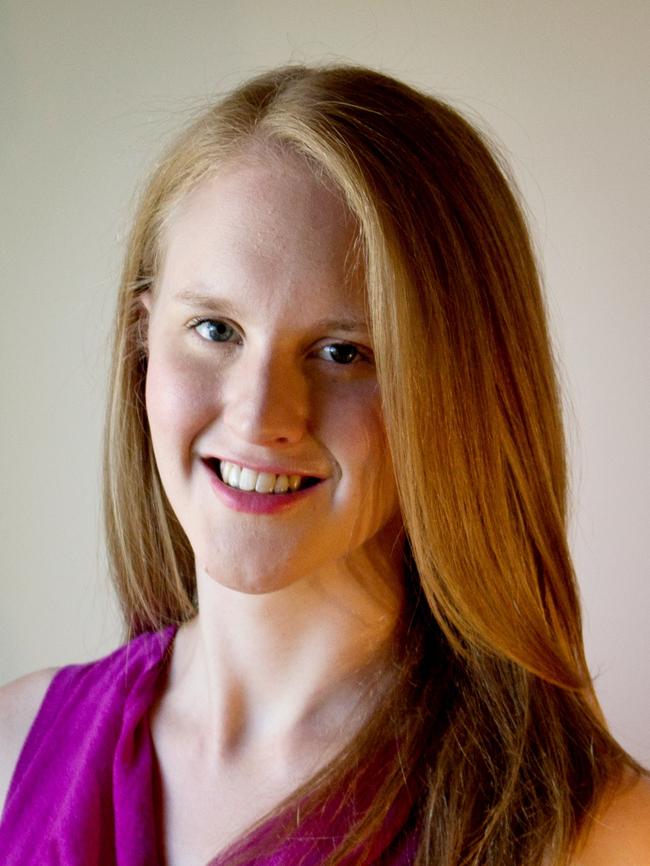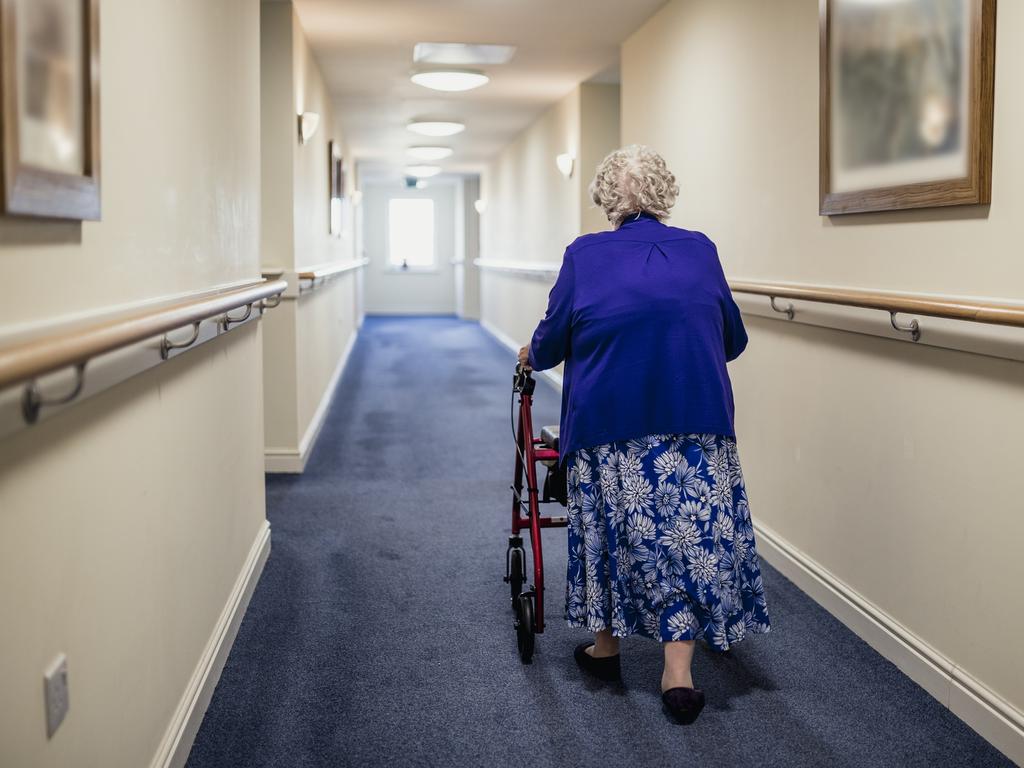Staff shortages curtailing aged care
One in seven nursing home beds sits empty, despite long waiting lists, because there are too few workers, a new report warns.

One in seven nursing home beds sits empty across Australia, despite long waiting lists, because there are too few workers to service older people needing care, a new report warns.
The staffing shortage means too many people who should be in residential aged care are stuck in hospital, with no safe alternative accommodation, it says.
The situation is worse in the regions, where some aged-care homes are running at 50 per cent capacity as they struggle to attract workers, a Committee for Economic Development Australia report finds.
The CEDA paper, “Duty of care: Aged care sector running on empty”, concludes that increased mandatory staffing hours requirements from October 1 this year are contributing to the sector’s precarious financial situation, with more than half the nation’s nursing homes operating at a loss.
To free up the bed block, it proposes accelerating the recruitment of migrant workers into the care economy through an “essential skills visa” to allow workers to migrate with long-term residency opportunities.
This visa category would be available only for areas of critical need such as aged care, childcare, disability and healthcare.
“Data from March 2023 shows that the average occupancy rate across all residential aged-care places was 86 per cent,” the report says. “But there is no lack of demand. In fact most providers report having long waiting lists.
‘Consultation with industry suggests the key reason for these low occupancy rates is workforce shortages, which means facilities cannot operate at full capacity.”
The report also says the federal government must find ways to better financially support the aged-care sector, including considering new laws to make older people who can afford it contribute more to the cost of their care.
The Albanese government has commissioned a taskforce to examine the issues faced in aged care, including funding and workforce. It will report by the end of the year.
The taskforce chair, Aged Care Minister Anika Wells, has flagged it is considering a proposal from aged-care providers for older people to use superannuation to cover some of the costs of care.
CEDA chief economist Cassandra Winzar, author of the new report, said the new mandatory staffing requirements were behind the empty beds. “These staffing changes are important to increase the quality of care for older Australians, but they are adding pressure on providers already struggling to maintain their workforces and come on top of growing demand for home-care services.”

The federal government’s aged care quarterly financial snapshot released in September notes occupancy rates for residential aged care have consistently sat at about 86 per cent in the past year.
Ms Winzar said two decades ago, nursing homes were operating at 97 per cent capacity; pre-Covid it was about 90 per cent.
A government spokesperson said “older Australians want to stay at home longer”, which is why the government was funding more homecare packages.
The number of people receiving homecare packages more than tripled between 2017 and 2022 to nearly 216,000.
Ms Winzar said while consumer preference was clearly in favour of bringing services into the home, the demographic pressures of an ageing population would continue to drive demand for nursing home care.
CEDA research has previously projected a shortfall of at least 110,000 aged-care workers by 2030.
“There must be more action from government to make meaningful progress on closing this workforce gap,” Ms Winzar said.
The government spokesperson said it had responded by backing and funding an $11.3bn pay increase for workers.
From October 1, all aged-care homes are required to provide 200 minutes of direct care a day per resident, including 40 minutes of nursing care.







To join the conversation, please log in. Don't have an account? Register
Join the conversation, you are commenting as Logout